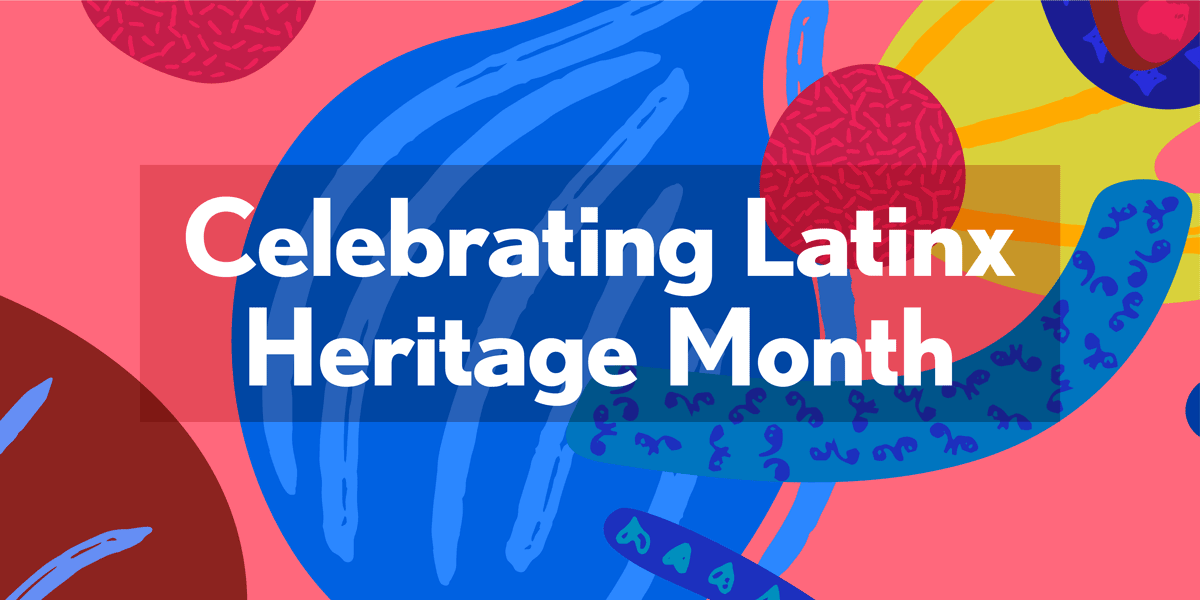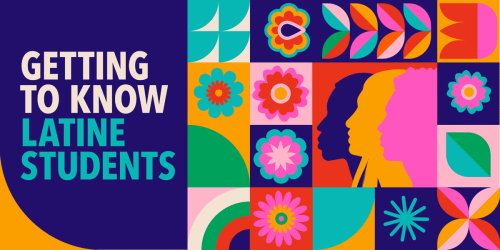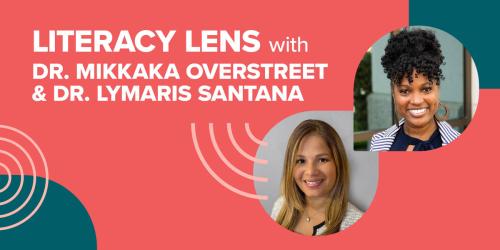Celebrating Latinx Heritage Month: Understanding Diversity by Exploring Identity

Identity is complicated. Some aspects of our identities fit neatly into clear-cut categories. At other times, those pre-defined boxes exclude meaningful pieces of ourselves–especially when the categories have been created for us, not by us. To get a more complete understanding of ourselves and our community, we must explore those in-between spaces that are not easily defined.
This year Education Northwest is celebrating Latinx Heritage Month by encouraging our colleagues and community to explore the huge range of identities linked with the term “Latinx.” Many cultures, histories, languages, and ethnicities exist within Latinx heritage. Often these identities overlap, spilling over into the spaces in between more conventional categories. For example, some people born in Mexico aren’t fluent in Spanish, but instead speak one of the region’s several hundred Indigenous languages, like Isthmus Zapotec or Tezoatlán Mixtec. Racial diversity also adds rich layers to Latinx identity. From Afro-Cubans to Asian Argentines, there is an immense range of experience and identity to explore.
“Latinx” is not a perfect term to encompass this diversity, and not everyone identifies with this term. However, we recognize that “Hispanic” centers the influence of Spain, which can exclude Indigenous communities, as well as people of African descent. While “Latinx” isn’t perfect, we choose to err on the side of inclusivity.
Like many organizations, we are learning how to ground our work in equity. That work starts (but doesn’t end) with building a better understanding of the many identities held by the students, educators, and families affected by our education system. This month, we encourage you to join us as we start to look beyond more conventional categories and learn about the in-between identities–those that don’t conform to dominant narratives of what is “Latinx” or “Hispanic.” Discover Afro-Latinx artists like Nicolás Guillén or Esperanza Spalding. Watch films that center—and are made by—Indigenous people from Latin America. On a local level, try a new restaurant owned by Latinx community members, or talk to Latinx community groups about current issues they’re facing. As much as possible, focus on resources created by, not for, the people you’re learning about.
There’s no perfect blueprint for this work. The important thing is to get started. As we learn more about the broad range of identities people hold, we will be better equipped to create and implement strategies that bring improved, equitable outcomes for our communities.



